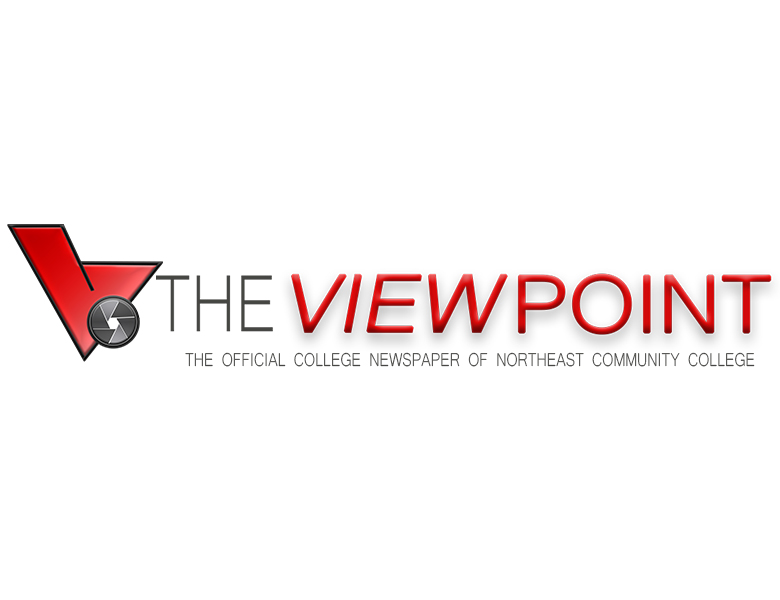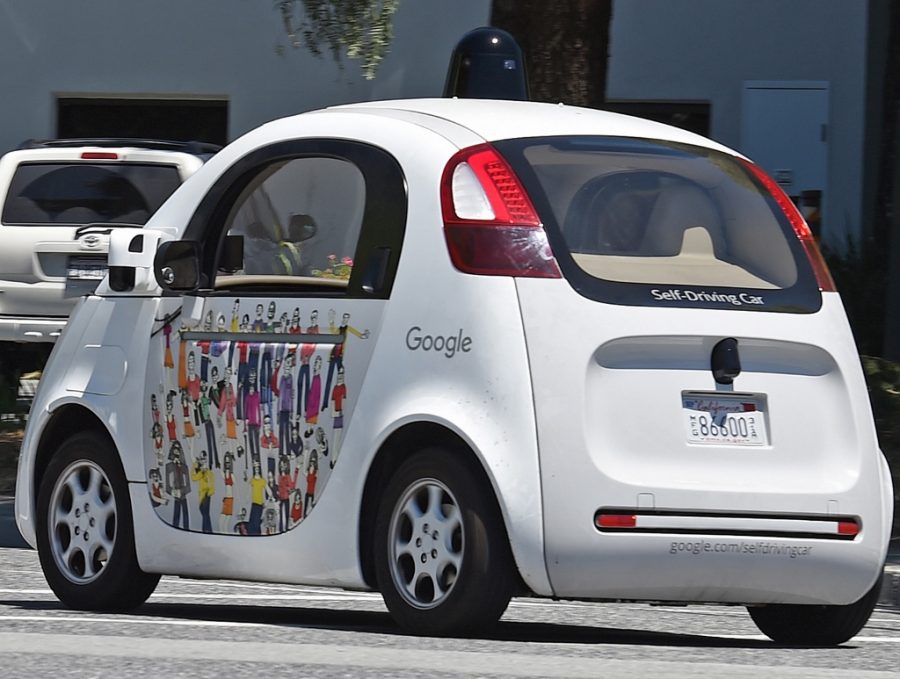Inside the car-eat-car world of self-driving technology
A Google self-driving car moves along the roadway at the company’s headquarters on May 17, 2016 in Mountain View, Calif. (Andrej Sokolow/DPA/Zuma Press/TNS)
April 11, 2017
SAN JOSE, Calif. — First, it was just a dream. Then it became a quirky research project undertaken by a handful of the nerdiest engineers in the robotics industry.
Now self-driving cars are on the brink of transforming transportation. The industry creating the technology for autonomous vehicles has morphed from a collaborative space of free-flowing ideas into a high-speed road race where the winners will seize a market expected to reach $77 billion by 2035, and the losers will be left in the dust.
“The money involved — the money expended in these research efforts and the money expected if they’re successful — has just ballooned and become so much more concrete and attainable,” said Bryant Walker Smith, a scholar with Stanford Law School who specializes in self-driving car law.
Major players — Google’s Waymo, Tesla and Uber — are fighting to set the industry standard for consumer-ready autonomous vehicles. Each has much at stake — for Uber, autonomous vehicles could be the ride-hailing startup’s best shot at profitability. But the road ahead is marred by potholes and speed bumps.
The intense competition already has spawned at least two significant lawsuits. Coveted engineers working on autonomous cars are regularly switching companies. And a new class of scrappy startups creating self-driving software has emerged, poised to take market share from the established giants.
Meanwhile, the major automakers, such as GM, Ford, Fiat Chrysler and Mercedes-Benz parent Daimler, are staking out their claims to the industry by investing in and partnering with the key tech players. It’s too soon to tell what these marriages will yield, but several teams appear to be eyeing ride-hailing networks that could pose an added threat to Uber and Lyft.
Nowhere is the tension better illustrated than in the contentious court battle between Google’s Waymo and Uber. Waymo says its former engineer, Anthony Levandowski, downloaded more than 14,000 confidential company files before leaving to found his own autonomous vehicle startup. The documents allegedly included designs used in Waymo’s LiDAR sensor — one of the key technology components that lets self-driving cars “see” the road.
Levandowski founded Otto, an autonomous trucking startup later acquired by Uber. Now Waymo says Uber is employing trade secrets to replicate Waymo’s LiDAR sensors, and has asked a federal judge in San Francisco to prohibit Uber from using that technology — an order that could potentially devastate Uber’s self-driving car program. A hearing is set for the first week of May, and Uber is scheduled to respond to Waymo’s allegations this week.
Trade secret fights are common in Silicon Valley, but one thing that makes this one unique is Google’s involvement, which highlights the priority it is placing on its self-driving car program.
“Google doesn’t sue people — period,” said Eric Goldman, director of Santa Clara Law’s High Tech Law Institute. “It’s very exceptional to find Google as a plaintiff.”
The self-driving car industry was once a close-knit community, Stanford’s Smith said, but the Waymo lawsuit illustrates how far it’s come since those early days.
“A lot of people were doing a lot of the same things at the same time — working at a university, consulting with a company and starting their own startup,” he said. “Researchers were pretty freely sharing information.”
Tesla filed a similar lawsuit against a former employee in January. The suit accuses former Autopilot program manager Sterling Anderson of nabbing Tesla’s confidential information and trying to recruit at least a dozen of the company’s engineers before leaving to found a competing startup.
Anderson and Chris Urmson, the former chief technology officer of Google’s self-driving car program, recently launched self-driving car startup Aurora Innovation.
“Tesla understands that some employees may decide to pursue other opportunities or even to create a startup of their own, and Tesla is typically supportive of their personal ambitions and respectful of their decisions,” the company’s lawyers wrote. “However, Tesla cannot sit idly by when an employee like Anderson abuses his position of trust.”
A lawyer for Aurora did not respond to a request for comment.
Tesla, which says two of its engineers ended up following Anderson to Aurora, isn’t the only company struggling to retain its top talent. A wave of nearly 20 people left Uber’s Pittsburgh-based, self-driving car program in November and December, said a person familiar with the matter, with many of them joining Argo AI — a competing startup founded by an ex-Uber engineer. And last year, two of Google’s top self-driving car executives left to start self-driving car startup Nuro.ai.
Seeing those key people depart is especially painful in the self-driving car space, experts say, where there already is a shortage of talent because of the nascent state of the technology.
“Finding and recruiting the top talent is really the name of the game,” said Karl Iagnemma, co-founder and CEO of nuTonomy, a Massachusetts-based startup working on software for self-driving cars. “It’s intense competition to get those people.”
Data also is a priority — companies must collect hours of driving data to teach their software to navigate the road. Google got an early start — the company began testing self-driving Prius cars in 2009, and its spinoff Waymo now has about 60 cars collecting data.
Uber gathers information in a similar way, operating dozens of self-driving cars in San Francisco, Pittsburgh and Tempe, Ariz. Tesla is mining data from the thousands of customers driving with its cars’ Autopilot feature.
Some smaller startups are taking a different approach. Palo Alto-based Nauto charges $400 for kits that let taxi drivers, fleet operators and Uber and Lyft drivers retrofit their cars with cameras that give alerts when a driver is doing something unsafe like tailgating. Those sensors funnel driving data back to the company, which is working on fully autonomous software.
Apple, meanwhile, reportedly is working on a secretive self-driving car initiative called Project Titan, though details remain scant.
So does information on how some of the industry’s main players plan to profit from their self-driving technology. But as hints of future business plans emerge, there are signs of overlap that could add to the competition. Uber is betting its future on autonomous vehicles that can someday replace human drivers in its ride-hailing network. Tesla has expressed interest in creating its own ride-hailing network, and Waymo is rumored to be eyeing similar plans.
When it comes to the actual technology behind their cars, the companies are even more tight-lipped. One key feature most autonomous vehicles share is LiDAR — sensors that use lasers to create a 3-D image of the car’s surroundings. That’s the technology at the heart of the Waymo v. Uber lawsuit. Waymo says it invested tens of millions of dollars and tens of thousands of engineering hours to build its own sensors, which would cost up to $60,000 off the shelf, only to have Uber copy that work.
Trade secrets related to that technology are so precious to Waymo that when the court fight began, Waymo refused even to tell Uber which secrets it was accusing its rival of misappropriating.
However the case plays out, it could have major repercussions for the industry.
“If Google were to get everything that it is seeking,” Smith said, “it could stop Uber’s self-driving car program.”








